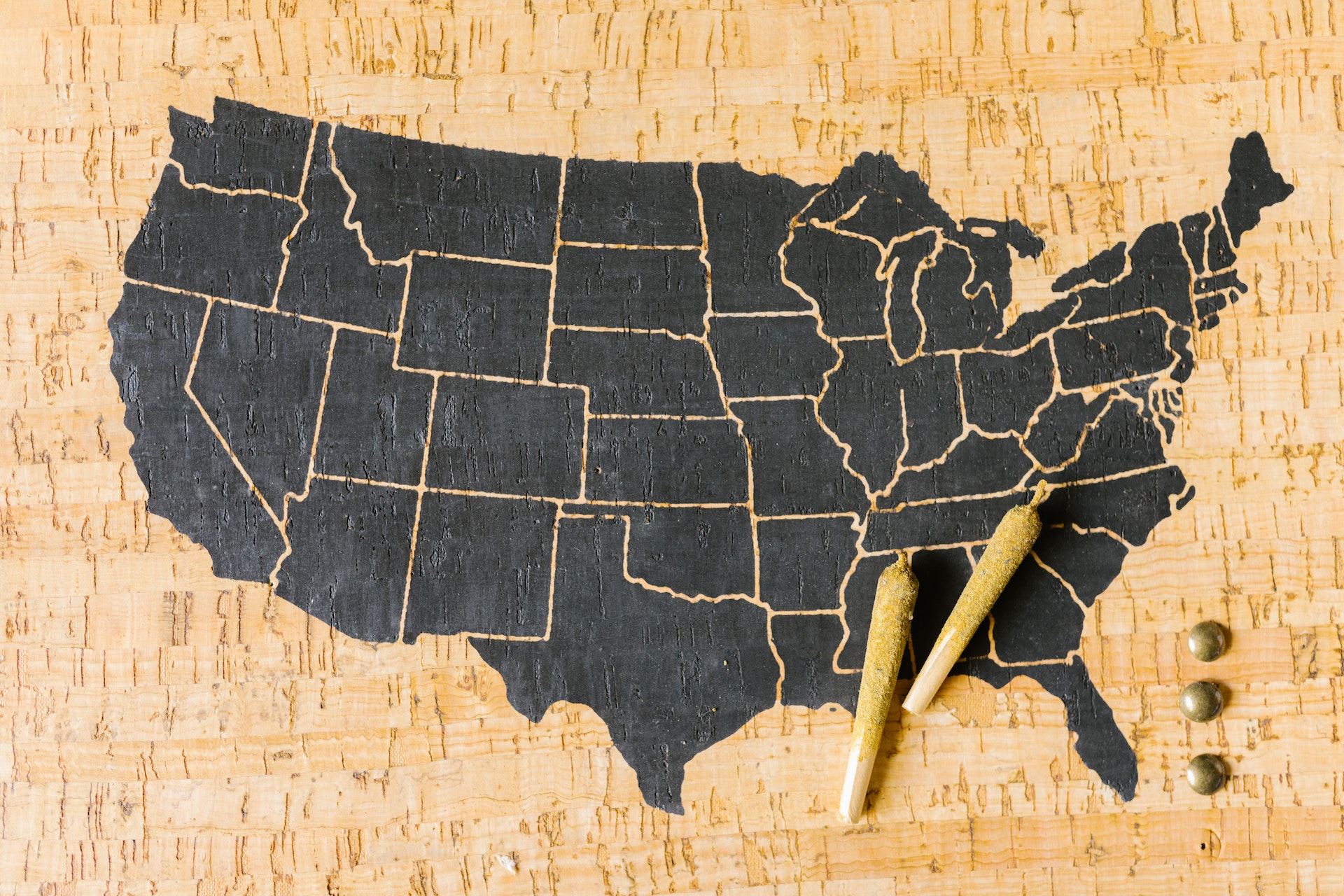A Short History Of Cannabis And ArtA Short History Of Cannabis And Art

The stigmatization and criminalization of cannabis represents a dramatic change in the past and the long-term human relationship with the plant.
For most of our history, cultures around the world have embraced the ever-changing cannabis sativa. When the first civilizations discovered the industry, psychology and medicine, they honored it in their works of art.
Even the Chinese dedicated it to him in their language. Take a look at the ancient Chinese text – the Mandarin word for “hemp” and you’ll see that it’s actually a picture of two cannabis plants hanging to dry under a storage shed.
This is one of the earliest representations of the cannabis plant, which originates from Central Asia. Around 3000 BCE, the Chinese began using hemp to produce clothing, fiber, and paper.
This may not be the first version of cannabis sativa. Many researchers believe that this painting, which was found on the wall of a cave in Japan, shows two cannabis leaves. (They have seven points – like many other cannabis leaf displays). This painting dates from 5,000 BCE (when hemp was first cultivated in Japan), which would make it the oldest example of a cannabis leaf discovered to date.
Around 1000 BCE, Hindu tribes in the Indian subcontinent consumed bhang – a type of cannabis plant that was ground into a paste with a mortar and pestle. Asian traders introduced cannabis to new countries. The tree reached the Arab world around 1230 BCE, where it was painted as part of religious ceremonies and said to please the pharaohs. Take a look at this Egyptian statue of Seshat (goddess of wisdom and knowledge) that dates back to this time. The Egyptians did not leave us legends, so we do not know exactly what was intended for this symbol on the top of his head. Some archaeologists say it is a star painting; others believe that it is clearly a seven-pointed cannabis leaf.
By the 12th century, the healing and restorative power of cannabis sativa had earned hemp the reputation of the “elixir of life” in many parts of eastern Asia – which is why it was said to be a guardian. This is the goddess Magu, who is worshiped in Korea, Japan and China. She is often shown carrying various flowers and herbs on her branches or shoulders. By the end of the Middle Ages, cannabis was adopted in most of Europe. Botanists have reported its medicinal value in the pages of scientific journals alongside surprising examples.
The 20th Century: Prevention and Beyond
When the US legislature banned cannabis in 1937, an anti-cannabis campaign arose. Posters for movies like “Reefer Madness” warned that just one bite of “devil weed” was enough to summon a demon that would take your children to hell. Along with the peace symbol, the cannabis leaf has become one of the most popular symbols of American counterculture in the 1960s and 1970s.
It is associated with the cannabis plant – whose symbol is celebrated in cultures around the world – is now controversial.
Cannabis is like a spirit
We have looked at some of the artistic aspects of cannabis, but it is also worth remembering the great role it plays in expression. Artists of all genres have used it to get new ideas. Famous experts include Louis Armstrong, Bob Marley, and the Beatles, all of whom credit cannabis for putting them in the mood for improved well-being.
As the stigma of anti-cannabis diminishes, the modern art scene will see a new spark of creativity as other enthusiasts use it as a source of inspiration. And let’s not forget the beautiful pipes, bongs, and vape pens that you can find in the head shops today – they can be created works of art in their own way.